 W
WAntonio Ambrogio Alciati was an Italian painter mainly in Northern Italy.
 W
WGian Carlo Aliberti, also Giancarlo or Giovanni Carlo Aliberti, was a prolific Piedmontese painter of the seventeenth and eighteenth centuries.
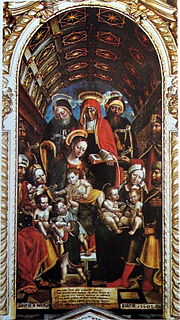 W
WGandolfino d'Asti was an Italian painter, who was active in Piedmont during the early Renaissance. He worked between Asti, Alessandria and Montferrat.
 W
WVittorio Avondo was an Italian antiquarian and painter born in Turin, where he served as a member of the city council. In his painting, he depicted mainly landscapes from his native Piedmont. He is considered one of the painters of the School of Rivara, which included Carlo Pittara.
 W
WIl Sodoma was the name given to the Italian Renaissance painter Giovanni Antonio Bazzi. Il Sodoma painted in a manner that superimposed the High Renaissance style of early 16th-century Rome onto the traditions of the provincial Sienese school; he spent the bulk of his professional life in Siena, with two periods in Rome.
 W
WGiovanni Battista Benaschi, or Beinaschi, (1636–1688) was an Italian painter and engraver active in the Mannerist and Baroque style.
 W
WGiacomo Berger or Jacques Berger was a French-Italian painter, active in a Neoclassical style, depicting historical subjects and portraits.
 W
WErnesto Bertea (1836–1904) was an Italian painter, mainly of landscapes and genre paintings.
 W
WCarlo Felice Biscarra was an Italian painter and art critic.
 W
WGiovanni Battista Biscarra or Jean-Baptiste Biscarra was an Italian painter, sculptor and lithographer. He principally painted historical and religious subjects and royal portraits.
 W
WCanuto Borelli was an Italian lawyer and painter, mainly of landscapes and portraits.
 W
WFrancesco Cairo, also known as Francesco del Cairo, was an Italian Baroque painter active in Lombardy and Piedmont.
 W
WMarco Calderini was an Italian painter, mainly of land- and cityscapes (vedute) in a Romantic style.
 W
WGiuseppe Camino (1818-1890) was an Italian painter, mainly of landscapes and vedute.
 W
WFerdinando Cavalleri (1794–1867) was an Italian painter, specializing in history subjects and portrait, active in a Neoclassical-style.
 W
WVittorio Cavalleri or Cavalieri was an Italian painter. He mainly painted outdoor genre scenes.
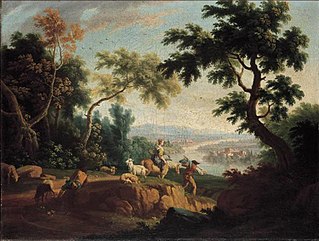 W
WVittorio Amedeo Cignaroli (1730–1800) was an Italian painter and architect. He was the grandson of Martino Cignaroli.
 W
WCarlo Cressini (1864–1938) was an Italian painter.
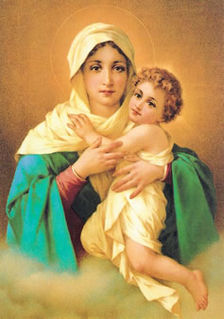 W
WLuigi Crosio (1835–1915) was an Italian painter who lived and worked in Turin, Italy. He died in Turin and is recorded as having been born in Alba, but the town of Acqui Terme, a few miles south of Alba, claims Crosio was born there.
 W
WMichele Cusa was an Italian painter.
 W
WCharles Claude Dauphin or Dofin, called in Italian Delfino, a French painter of historical subjects and portraits, was the son of Olivier Dauphin.
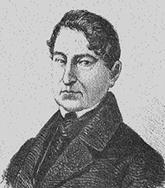 W
WMarquis Roberto d’Azeglio (1790–1862) was an Italian painter.
 W
WLorenzo Delleani was an Italian painter.
 W
WGiorgio Domenico Duprà (1689-1770) was an Italian rococo court painter born at Turin who was active in the 18th century.
 W
WGiuseppe Duprà (1703–1784) was an Italian painter born at Turin who was active in the eighteenth century.
 W
WDefendente Ferrari was an Italian painter active in Piedmont. His work marks the transition from late Gothic traditions to Renaissance art in the region.
 W
WPaolo Gaidano was an Italian painter, born in Poirino, in the region of the Piedmont.
 W
WEnrico Gamba was an Italian painter of genre scenes, period pieces and a few portraits.
 W
WFrancesco Gamba was an Italian painter, mainly of seascapes.
 W
WAndrea Gastaldi was an Italian painter, primarily of historical canvases and portraits.
 W
WBartolomeo Giuliano was an Italian painter.
 W
WFrancesco Gonin was an Italian painter, engraver and scenographer.
 W
WGiacomo Grosso was an Italian painter.
 W
WBartolomeo Guidobono (1654–1709) was an Italian painter known for his scenes with angelic looking figures bathing in soft lighting, which show the influence of Correggio. His elegant and graceful style was very popular in Genoa. He is also known as il Prete di Savona or Prete Bartolomeo da Savona.
 W
WDomenico Guidobono (1668-1746) was an Italian painter of easel paintings and frescoes, who together with his brother Bartolomeo Guidobono was one of the principal decorative painters active in Liguria and Piedmont in the late 17th and first half of the 18th century.
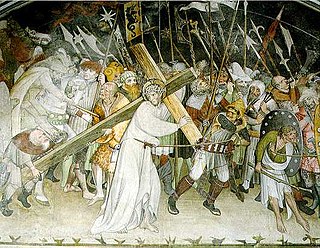 W
WGiacomo Jaquerio was an Italian medieval painter, one of the main exponents of Gothic painting in Piedmont. He was active in his native town Turin, Geneva and other localities of Savoy.
 W
WCarlo Levi was an Italian painter, writer, activist, anti-fascist, and doctor.
 W
WAlessandro Lupo was an Italian painter.
 W
WCesare Maggi was an Italian painter.
 W
WGiovanni Monevi or Monevo was an Italian painter of the Baroque period. The name Giovanni Moneri is used by a number of authors, but may reflect a misspelling.
 W
WPaolo Emilio Morgari was an Italian painter, primarily of religious subjects.
 W
WBeatrice Morgari was an Italian painter, mainly of genre subjects, often depicting intimate family scenes.
 W
WLuigi Morgari was an Italian painter, primarily of frescoes on religious themes.
 W
WPietro Morgari was an Italian painter, primarily of portraits.
 W
WRodolfo Morgari was an Italian painter, primarily of genre and historical scenes.
 W
WFederigo Pastoris or Count Federico Pastoris was an Italian painter and engraver.
 W
WLaurent Pécheux was a French-born painter, active in Rome and Northern Italy in a Neoclassical-style.
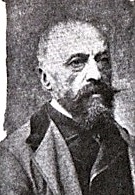 W
WCarlo Pittara was an Italian painter who specialized in animals, pastoral landscapes, rivers and peasants at work. He was also the leader of what came to be known as the Scuola di Rivara.
 W
WCarlo Pollonera was an Italian painter, particularly of landscapes, and also an important malacologist.
 W
WRaffaele Pontremoli, also known as Raffaello Pontremoli, was an Italian painter, mainly as a battle painter.
 W
WGiovanni Battista Quadrone was an Italian painter, mainly of genre scenes.
 W
WGiovanni Rava was an Italian painter, active mainly in Turin.
 W
WLuca Rosetti (1705–1770) was an Italian painter and architect of the 18th century, active in the region of the Piedmont. He painted in style combining luminous late-Baroque and early-Neoclassic styles.
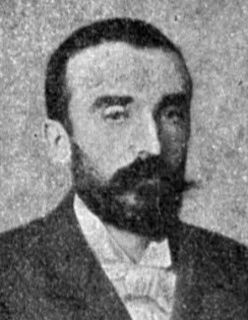 W
WErnesto Serra was an Italian genre, landscape and portrait painter from Varallo Sesia, Province of Vercelli in the Piemonte Region.
 W
WIl Sodoma was the name given to the Italian Renaissance painter Giovanni Antonio Bazzi. Il Sodoma painted in a manner that superimposed the High Renaissance style of early 16th-century Rome onto the traditions of the provincial Sienese school; he spent the bulk of his professional life in Siena, with two periods in Rome.
 W
WGiovanni Martino Spanzotti was an Italian painter active in Lombardy and northern Italy.
 W
WAndrea Tavernier was an Italian painter, mainly of landscapes and urban vedute.
 W
WGiuseppe Troni was an Italian court painter. He was initially a pupil of his father, Alessandro Trono, but completed his studies in Rome. He was portrait painter to the court of Naples, and later to the court in Turin.
 W
WCelestino Turletti (1845–1904) was an Italian painter and engraver.
 W
WGiacomo Vighi was an Italian painter; he was active mainly in the court of the House of Savoy as a portrait painter.